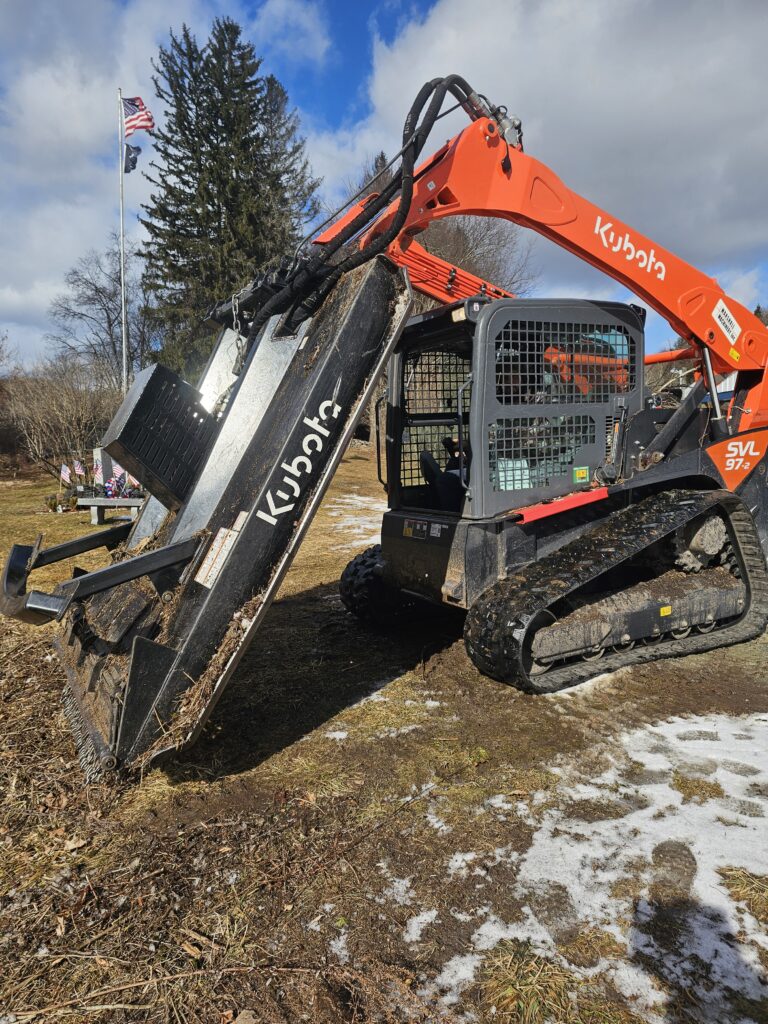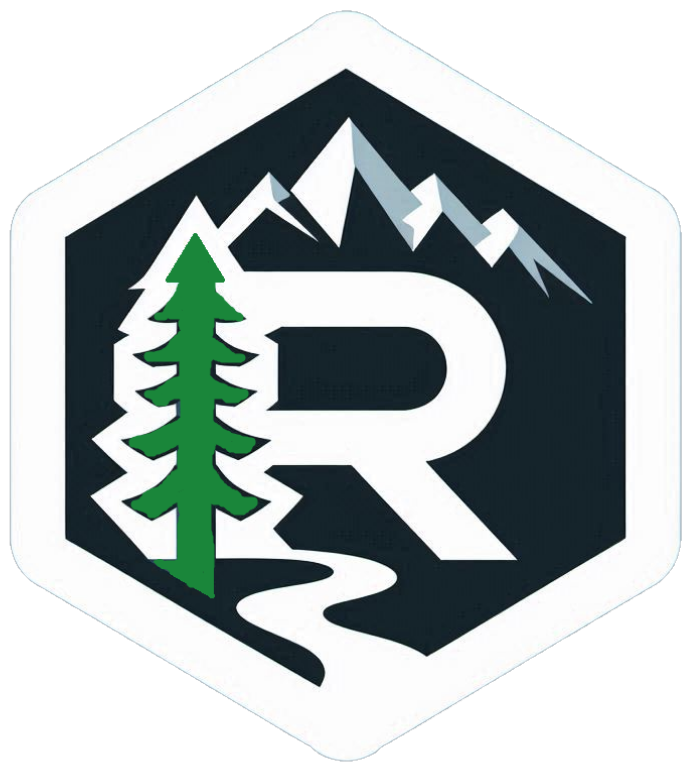

Forestry mulching is a land management practice that involves using specialized equipment to shred trees, brush, and vegetation into mulch. This method has gained popularity due to its efficiency and numerous benefits for property owners. Here are the key advantages of forestry mulching:

Brush hogging, also known as rotary mowing or bush hogging, offers several benefits for managing and maintaining your land. It involves using a heavy-duty mower to cut through thick vegetation, overgrown weeds, and brush. Here are the key advantages:
Brush hogging is a practical and versatile way to maintain your property while promoting environmental health and usability.
